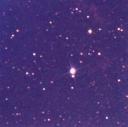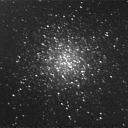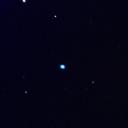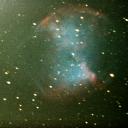I’m currently imaging the Saturn Nebula through high cloud so I’m not expecting too much. The good news is I followed some advice I found in a forum post and my goto’s are spot on.
The trick it seems is on the first star alignment of a 3-star (N-Star) alignment, don’t use the paddle (or EQMOD control) to center the star, slip your clutches and manually center the star. I thought this would be difficult, but the only tricky part was tightening the clutches back up whilst keeping the star central. After this first alignment, use the paddle (EQMOD) as normal for the remaining stars.
I’ve been able to slew from South to North West and up to 85 degrees of elevation and centered on my object each time. That’s a trick I’ll be using again!
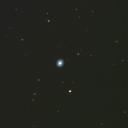 So far as imaging goes, the conditions are not the best, but for the first time I’ve seen NGC6826 the “Blinking Planetary”
So far as imaging goes, the conditions are not the best, but for the first time I’ve seen NGC6826 the “Blinking Planetary”  and I’ve taken some footage of the Elephant trunk area but I can’t see any nebulosity. I’ve also found Neptune (for the first time) and as I said at the start, the Saturn Nebula.
and I’ve taken some footage of the Elephant trunk area but I can’t see any nebulosity. I’ve also found Neptune (for the first time) and as I said at the start, the Saturn Nebula.
I managed to take 87x25sec frames of M102 but the tracking is not good and I used the Photoshop transform function to squash the image in an attempt to round the oval stars. I don’t think it’s as good as my last one, but every image is a chance to test new techniques so I can’t grumble.
I just made the mistake of selecting a target too far to the south and the mount decided to go the long way around. After this the alignment stars were not in the frame so I’ve packed up. When I went out to pack everything away I was surprised to find how cloudy it had become with Vega being only barely visible.
